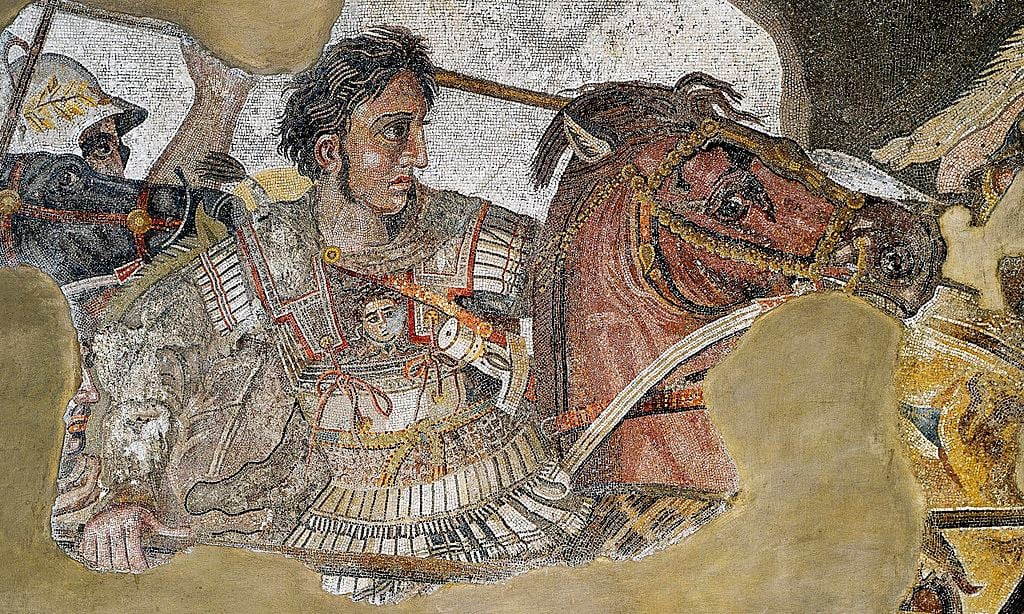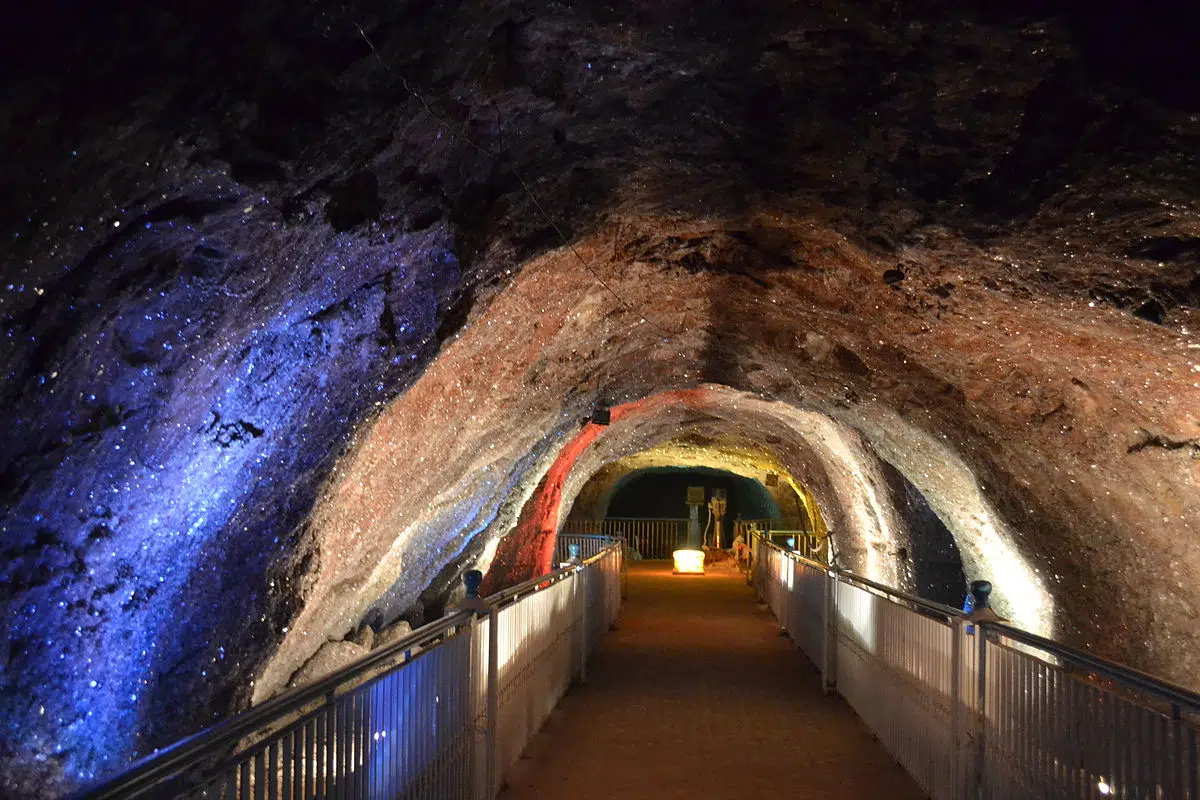
During their numerous conquests across much of the known world, Alexander the Great and his horse Bucephalas led the elite Macedonian cavalry. According to one legend, they even discovered Himalayan salt, famous today for its pinkish tint and its essential trace elements required by the body.
The horses had worked hard in battle and on the trail and during a moment of respite licked the salt-covered rocks in the hills overlooking the Hyaspes River. This alerted the soldiers to the salt deposits there.
Whether the anecdote is true or not, it speaks to the bond between horse and rider and the many trials and adventures they shared. For the cavalry in Alexander’s army, the bond between horse and rider was tempered in the heat of battle. This was especially true for Alexander himself, who named a city after Bucephalas when his faithful steed finally passed away.
The Battle of Hydaspes
Having defeated the Achaemenid Persian Empire of Darius III, Alexander pressed further east. After subduing Bactria and leaving a contingent to garrison these newly conquered territories, he set his sights on the Indian subcontinent.
King Porus, who ruled over an Indian kingdom in the Punjab region, refused to submit to Alexander. The two kings met in battle on the banks of the Hydaspes River – now called the Jhelum River) – in May 326 BC.
Alexander’s army had to contend with a difficult river crossing and a large force of enemy elephants, which his men had not seen before. Nevertheless, the Macedonian king was able to cross the river leading a contingent of Companion cavalry and horse archers of the Dahae, where he was able to outflank and defeat Porus.
After the battle, Alexander recognized in Porus the character of a great warrior king and allowed him to retain ownership of his lands. Thus, Porus continued to rule over the annexed territories of Punjab as a satrap.
Discovery of Himalayan salt recovered horses from poor health
After the battle, Alexander’s men were no doubt tired and hungry. This was also true of their horses. Alexander deployed between 5,000 and 7,000 cavalry at the battle of the Hydaspes, so his army was marching with a very large number of horses.
It was then that some of the horses supposedly began licking rocks in the area. When the cavalrymen dismounted and inspected the rocks, they found the distinctive pink Himalayan salt, which is enjoyed around the world today.
According to some versions of the story, the horses who licked the rocks quickly recovered from poor health. There could be truth to this since horses require salt in their diet, specifically sodium chloride. Horses with heavy workloads require a higher salt intake to be healthy. The horses in Alexander’s army had just crossed a river and fought in a taxing battle, so it is likely their sodium and mineral intake required replenishment when they found the salt deposits.
Not far from the Hydaspes/Jhelum River, is the modern Khewra Salt Mine. If the anecdote about Alexander’s horses is true, it was here that they found the salt deposits. Today, it is the second-largest rock salt mine in the world.
The historicity of the anecdote and its origin is uncertain. Even if Alexander’s cavalry did stumble across the salt deposits, it is possible that other people were aware of them long before the Macedonian conqueror ever set foot in the region.
Between 3300 and 1300 BC, the Indus Valley civilization flourished in Punjab. In the following centuries, several kingdoms sprung up in the region, until it was annexed by the Persians. Any number of these cultures could have found the salt mines first.

Alexander the Great and his horse Bucephalus
One horse in Alexander’s army was particularly special, his own charger Bucephalus. He was a massive steed with a black coat and a white star on his forehead. In Greek, his name meant Ox Head, perhaps in reference to his uncontrollable personality.
According to the 2nd century AD historian Plutarch, Philoneicus the Thessalian brought the horse to Philip II, Alexander’s father. However, the horse was impossible to control and no man could tame him.
Alexander looked upon the horse and said “What a horse they are losing, because, for lack of skill and courage, they cannot manage him!” He was just a boy at the time but noticed that the horse was afraid of its own shadow. Using this knowledge, he turned Bucephalus to the sun and was able to tame him.
Alexander rode Bucephalus into battle until the steed’s death in 326 BC. According to the ancient Greek historian Arrian, Bucephalus was 30 when he died. His death was either due to old age or to wounds sustained during the Battle of Hydaspes.
In his honor, Alexander named a city Bucephala in Punjab after him. The Macedonian king did not live for many years longer, himself. He died in 323 BC at the age of 32.
See all the latest news from Greece and the world at Greekreporter.com. Contact our newsroom to report an update or send your story, photos and videos. Follow GR on Google News and subscribe here to our daily email!



